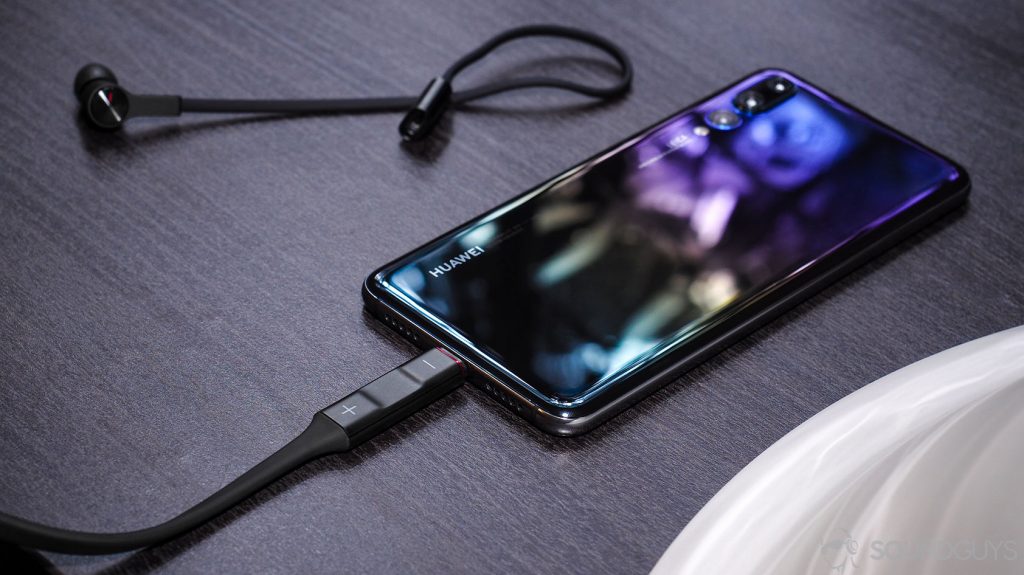Wearable technology is really taking off with over 149.5 million shipments of these devices estimated in 2021. While many devices are used for fitness and health metric tracking, there is a growing demand for wearable technology that can provide gaming on-the-go experiences.
Wearable technology includes everything from smartwatches and wristbands to rings, glasses and any form of body-mounted sensors. These devices allow users to access the internet, read and send messages, make calls and even play games on gaming applications.
Wearable devices are becoming increasingly popular within the gaming industry with more gaming providers making their games compatible across many devices. The online casino industry in particular became more popular when their games were accessible on mobile devices which has encouraged providers to explore the upcoming wearable devices market, especially smartwatches.
Online slot games are a type of casino game that can now be played on both mobile devices and smartwatches through many different slot providers. Online slots are easy to navigate especially on a smaller smartwatch screen so have become a popular casino game on this device. Other online casino providers are also trialling out using different wearable devices such as headsets for their casino games.
Last year the global market for wearable gaming was estimated to be worth somewhere in the region of $65.4 billion US dollars, which is a $25 billion dollar increase from 2016. So, could 2022 be the year that these devices become main players, or at least highly sought after, in the global gaming industry?
The rollout of the 5G network could help predict where gaming technology will become popular…
One factor that could influence the rise of wearable gaming devices is the continued rollout of the 5G mobile network. At present, 5G is available in at least 61 countries across the world, which is an increase of around 350 per cent from 2020.
The country with the most 5G networks in the world is China, followed by the United States and then South Korea. China has around 350 cities with 5G access, in comparison to the United Kingdom which has 54 and Spain has 53 while Sweden has 23. Interestingly, while China has the best 5G access, it is South Korea followed by Taiwan and Saudi Arabia with the fastest 5G download and upload speeds.

But how does this predict how wearing gaming devices will take off? Well, those countries with the fastest internet connections will have the best opportunity for implementing wearable gaming technology with faster and better functioning applications.
However, 5G network connection isn’t essential for the wearable gaming tech sector to thrive, growing internet penetration rates, in general, are helpful to the market. The rise of internet usage is enabling gaming software developers to deploy their software in the cloud and give game access to gamers with wearable tech in any remote location.
The cost associated with wearable gaming technology could be a factor hindering the growth rate of this market…
There are a lot of high costs involved in wearable on-the-go gaming. One of the larger costs that are seen as a barrier is the costs surrounding the development of both the devices and the software needed to power them.
Many games development companies are reluctant to invest so much capital in the development of such a new technology, even for those that are willing to begin R&D finding investors can be a significant challenge. As a result, gaming tech is only really affordable to a premium segment of customers and early adopters in the market.
Virtual Reality (VR) is a popular type of gaming that is powered by wearable tech…
When those in the gaming community think about wearable gaming technology, the first thing that springs to mind is likely to be VR headsets. The VR gaming market is thriving and is expected to reach $40993.1 million US dollars by the year 2027.
The main reason that is thought to be behind the increasing success of VR is the technological innovation related to it. A few years ago, there were only one or two VR headsets on the market, at a high cost, but choice and pricing have since improved drastically as more tech companies have released their own devices.
The Oculus Rift was the first consumer-ready VR headset to find its way to the market. Following its success, Oculus was acquired by Facebook for $2 billion dollars and popular games such as Doom 3 were introduced to the VR world.
As demand grew, Sony came out with their Playstation VR system and Google released a more budget-friendly model with Google Cardboard.
VR offers a completely different experience to traditional online or console games, players experience a new level of immersion in a realistic simulated environment that expands 360 degrees around them. So far, this wearable tech has had the highest share of total revenues in North America where the main developers’ Google and Facebook are based.
In 2022 and beyond we are likely to see growth happening in the Asian Pacific market as there has been increased VR hardware development in the region. The number of mobile game developers in this region is also seeing significant growth.
In conclusion…
It is clear that there is significant and increasing demand for wearable gaming devices and given increased internet access, alongside the development of both wearable hardware and software that supports it, it appears that this technology is taking off. However, until certain challenges such as its high cost are overcome, significant growth worldwide is a more distant trend.
For even more opinion pieces, click right HERE.